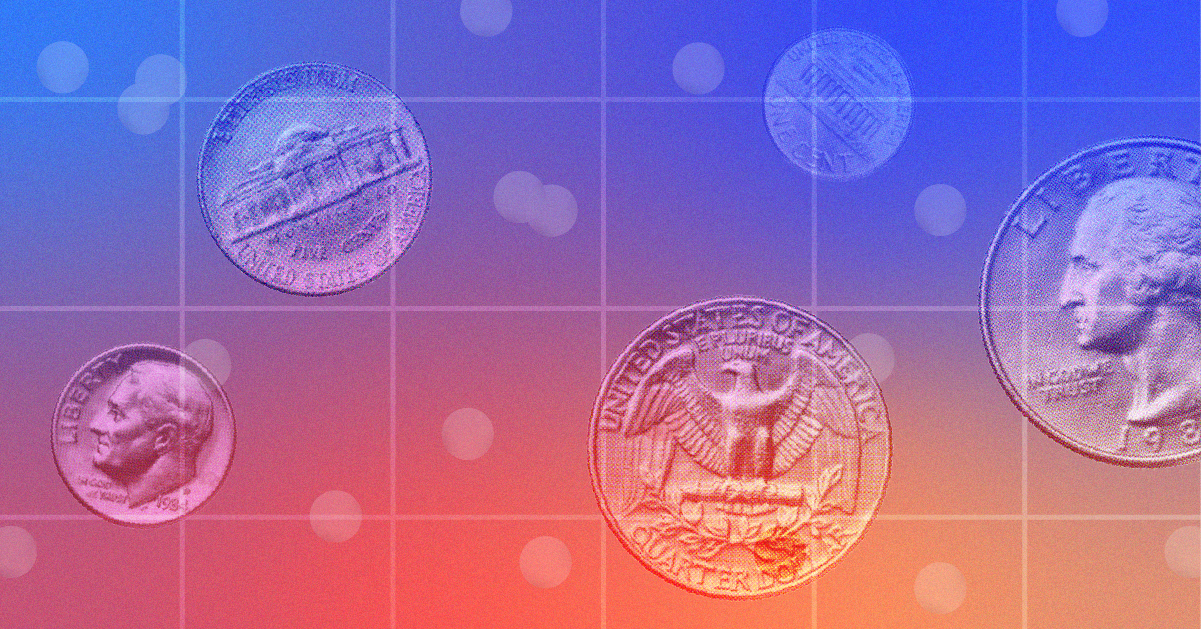Is There Really a Historic Level of Cash on the Stock Market’s Sidelines?
Investors may have less dry powder than it appears.

The stock market’s rally has already surpassed the expectations of most pundits. Some point to one factor as evidence the bull market could continue rolling higher: Investors have a pile of cash waiting to be put to work. However, that view may miss an important point, which is that compared with the amount of money in riskier investments (including stocks), that cash horde doesn’t look quite as big.
Cash has built up in money market funds over the past two years as the Federal Reserve raised short-term interest rates to their highest levels since the onset of the financial crisis in 2008. Regarding yields on money market funds, the Fed’s interest rate hikes starting in 2022 ended a period that some called TINA—the idea that ”There is no alternative” to owning stocks to generate meaningful returns.
Heading into 2022, the federal-funds rate target was essentially zero. Money market funds, which invest in very short-term debt, had yields to match. Now, with the Fed’s target rate in the range of 5.25%-5.50%, money market yields have been hovering around 5.00%.
Money Market Fund Yield
The Fed began raising interest rates in March 2022, but it wasn’t until October 2022 that investors began pouring money into money market funds. Since then, more than $1.2 trillion has been shifted into these cash alternatives as yields have risen and stabilized. Not surprisingly, assets in the category have swelled to a nominal record of $6.1 trillion as of Feb. 29, 2024. (February data is preliminary.)
Money Market Fund Assets vs. Other Investments
With the Morningstar US Market Index up nearly 7% in 2024 and 25% over the last 12 months, some market pundits point to these record money market assets as a sign that stocks can extend their rally; the dollars in these funds could be reallocated into equities.
As $123 billion flowed into money markets in January, that fueled the argument. But flows slowed markedly in February, with just $33 billion in net new money. At this pace, 2024 money fund inflows will approach $1 trillion but fall short of 2023′s record. The reality is that as a proportion of risky assets, money markets are normal.
Cash Levels
According to Morningstar Direct, assets in money funds as a percentage of long-term assets peaked at 63% at the height of the global financial crisis in 2008, and they have averaged about 20% since 2011. At 23% of long-term assets at the end of January, US money market levels are not extraordinary, even after 2023′s cascade of inflows.
The author or authors do not own shares in any securities mentioned in this article. Find out about Morningstar’s editorial policies.

/s3.amazonaws.com/arc-authors/morningstar/e3601478-840b-4f9a-ab6f-261f14c3ddd5.jpg)
/cloudfront-us-east-1.images.arcpublishing.com/morningstar/GJMQNPFPOFHUHHT3UABTAMBTZM.png)
/cloudfront-us-east-1.images.arcpublishing.com/morningstar/ZYJVMA34ANHZZDT5KOPPUVFLPE.png)
/cloudfront-us-east-1.images.arcpublishing.com/morningstar/LDGHWJAL2NFZJBVDHSFFNEULHE.jpg)
:quality(80)/s3.amazonaws.com/arc-authors/morningstar/e3601478-840b-4f9a-ab6f-261f14c3ddd5.jpg)